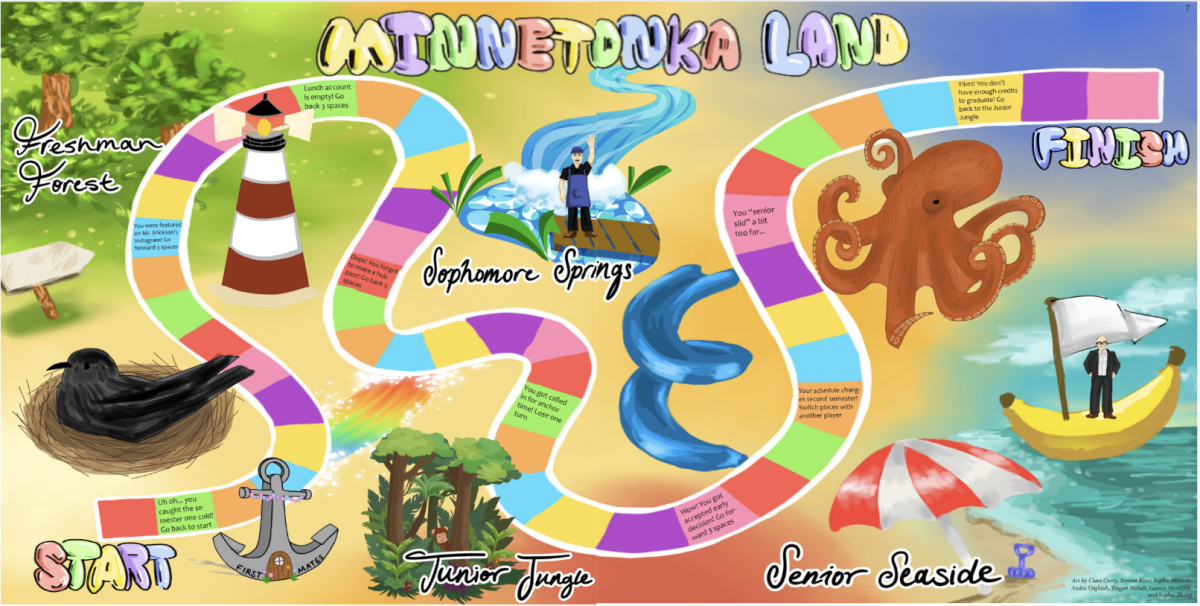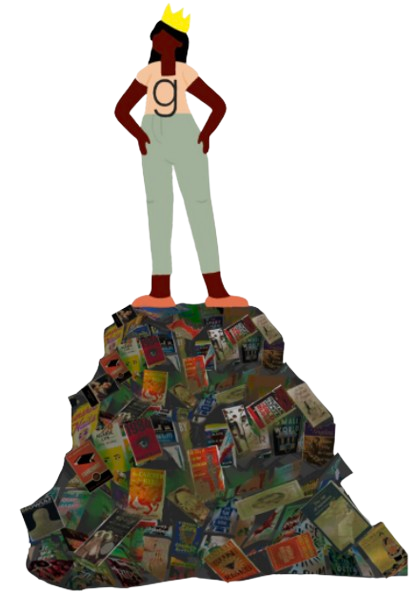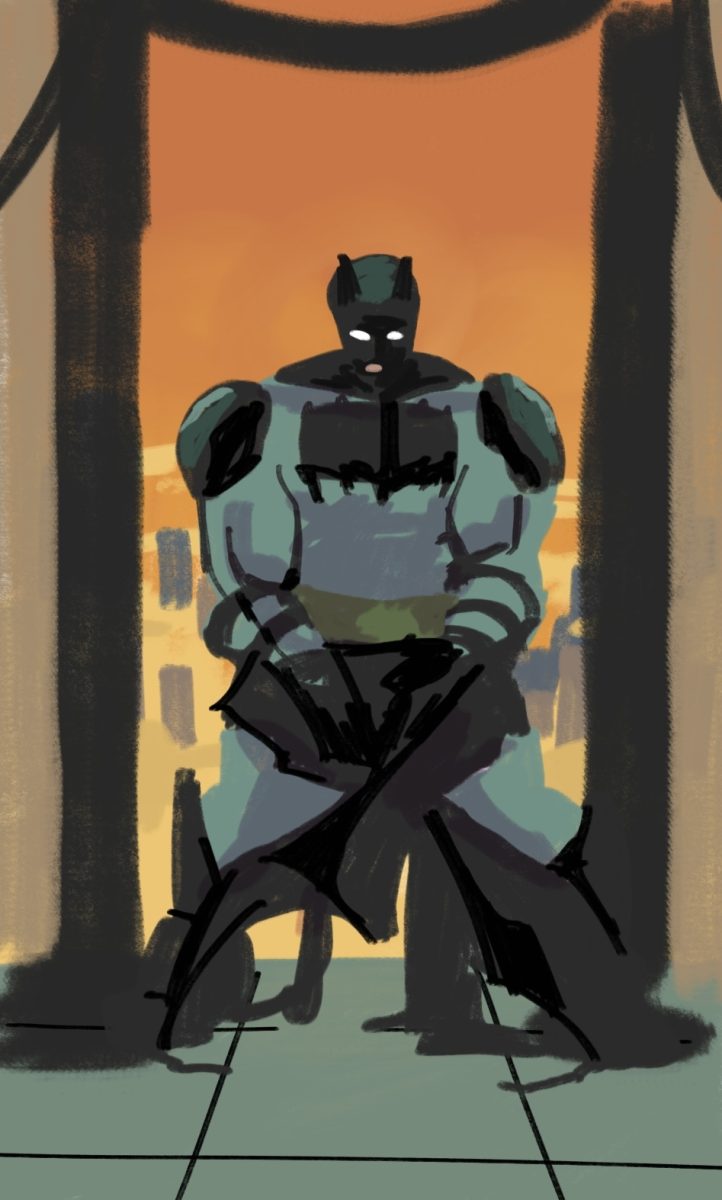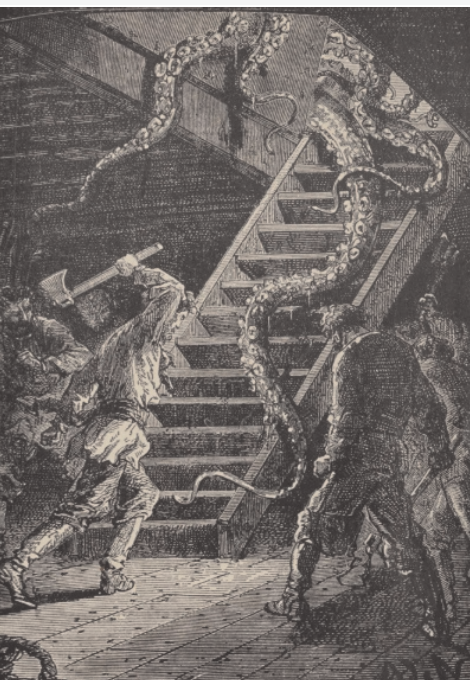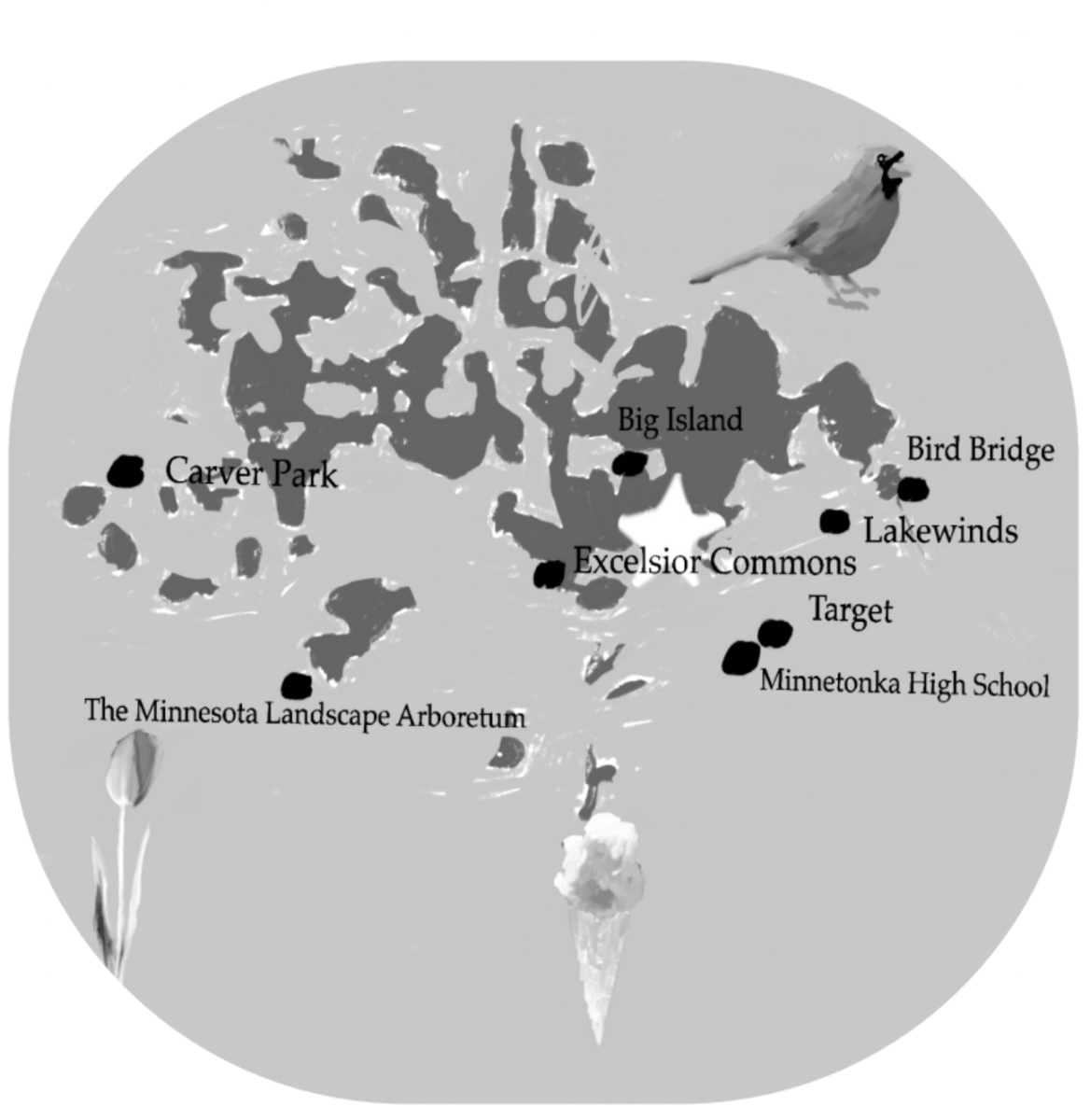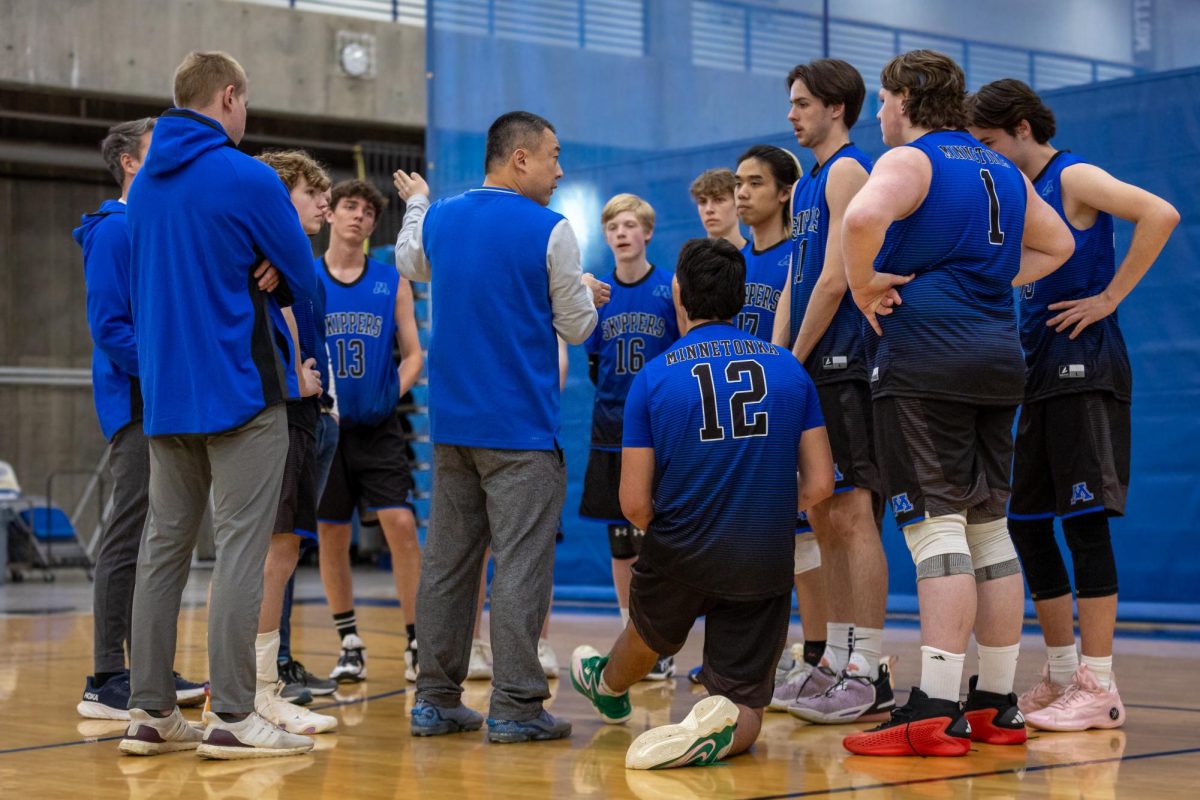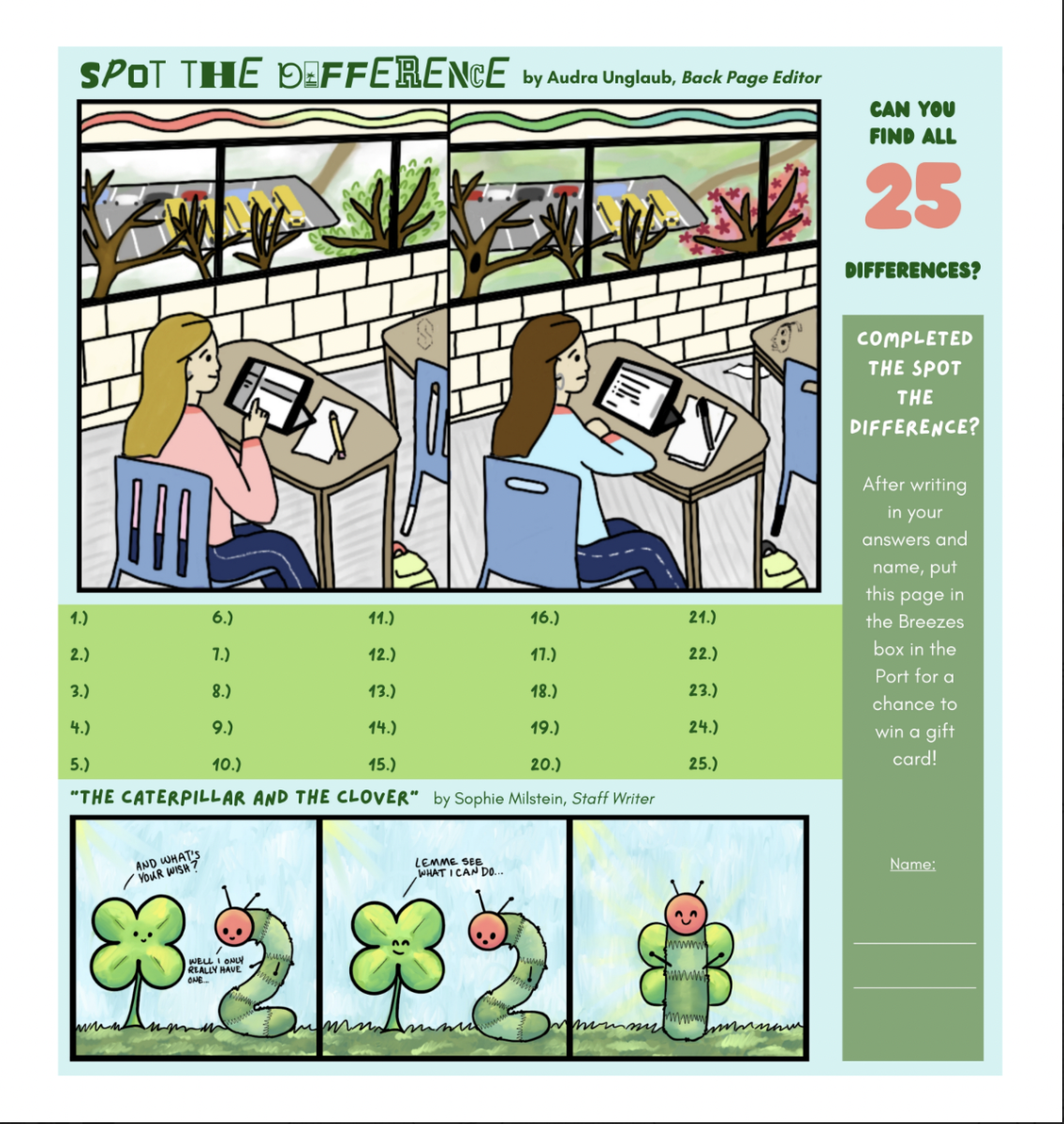How Streaming Services have Changed Viewing
February 12, 2021
Even before the pandemic closed down theaters last year, there has been a massive shift from theater-released movies and cable television to streaming services. This transition has made streaming giants like Netflix, Hulu, and Amazon Prime grow beyond compare, and new ones seem to pop up every day.
Just last year, Apple TV Plus and Disney Plus were created, and with HBO Max and Peacock were created this year. All of these companies jumped onto the streaming service bandwagon once they saw how popular they were getting within the public. Countless streaming services that were once known for being cable TV channels are now only thought of as these platforms. These cable-channels-turned-streaming-services have also changed from having a wide range of content from other providers to creating their own unique films and television shows. The public’s need for fast, easy and customizable content has changed the entertainment industry as we know it, for better or for worse.
Countless relatively unknown services have been created just to see if they could jump onto this thriving market and succed. One such service is IMDB+ –many have never heard of them or are keen on subscribing to them. There are over 270 streaming services currently, but most of the public is only subscribed to two or three. This might beg the question that if there are so many services creating content at lightning-fast rates, how has this affected the quality of our viewing experience?
More than ever, there is an abundance of programming to watch at the press of a button, so much so that one might get overwhelmed. Netflix, at the beginning of this year, promised that they will release at least one new movie every week in 2021. The films that Netflix promised have so far displayed a range of A-list celebrities, such as Dwanye “The Rock” Johnson, Leonardo DiCaprio, and Amy Adams. A-list celebrities have been appearing more and more in films on services like Netflix or Hulu in recent years as this transition has happened. A few years back, major celebrities weren’t acting in Netflix original movies. As a result of this and the competitiveness of services, it seems like more and more original content is relying on cash grabs from reboots – like the new teen drama Winx Club – or major celebrities to sell their subscriptions, rather than quality storytelling.
Lukas Charbonnet, ‘22, said, “I definitely think new shows and movies rely on celebrities rather than the story because production and streaming companies have more of a chance to make more money off big-name celebrities rather than risking putting out a good story and hoping that does better naturally.”
Because of the wide variety of content now readily available, watching and enjoying media is no longer considered such an important or grand experience as it once was. People who used to go to the theater with their families or friends now simply watch a film alone on their own time.
The culture surrounding these services has created a loss of community and significance surrounding an activity that once brought people together. As a result of this, movie theaters have had to adapt. Theaters have branded themselves as luxury experiences, included with restaurant-quality food and heated reclining seats. Many even implemented subscription options for access to all movies at a monthly rate, just like their streaming competitors.
Stephan Paternot, co-founder and CEO of the online film finance marketplace Slated, talked about another benefit of these movie theater subscriptions.
Paternot said, “A very big advantage in the context of theater subscriptions is the direct relationship the theaters will be able to build with individual audience members. It’s hard to overstate how powerful a marketing tool that can be. Theater chains will know what movies I’ve seen, and thus be able to anticipate what movies I’ll be likely to see in the future and promote them to me in time to get me out to the theater to see them.”
This personalization is exactly like what streaming services are doing.
The one major downside to the abundance of services all containing different shows and films is that to keep up with friends or what the Internet is talking about, one has to pay a monthly or yearly subscription to each and every one of these services. While these services might seem to be accessible, in reality, the amount that one would have to pay to stay in the loop is equal to or even more than what a cable subscription would cost.
Whether we like it or not, streaming culture has changed the entertainment industry and daily viewing for good. And while it seems like people are more isolated than ever, there are still ways to be connected to others and have a different experience than they normally would. Services such as Hulu, Netflix, and HBO Max are offering free ways to watch films and television shows at the same time as friends; some even include a chat function. Many theaters are also providing an option to rent out a whole room to watch old or new released films on the big screen safely. Ultimately, there are still ways to be connected and fully enjoy watching content again, even with all of the challenges that lie in the way.





